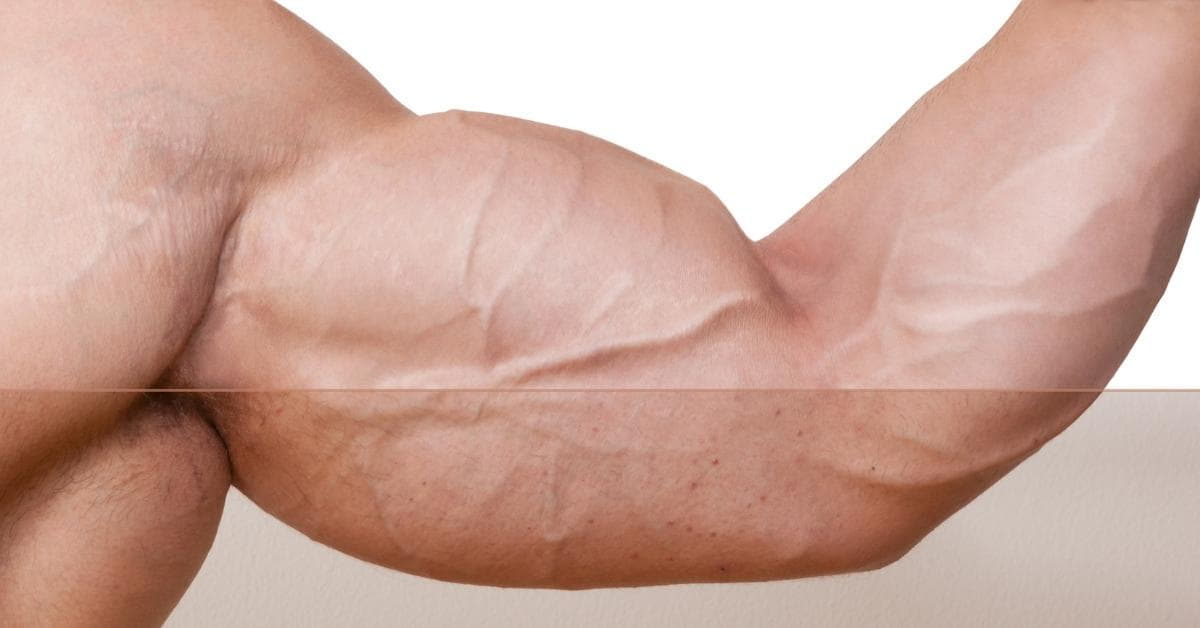In the age of digital photography and social media, the desire for a flawless appearance in images has become more prevalent than ever. Body retouching has emerged as a popular photo editing technique to enhance and refine one’s physical features in photographs. This comprehensive guide will walk you through the process of body retouching, providing valuable insights and tips for achieving natural-looking results.
Understanding Body Retouching
Body retouching involves the digital manipulation of a person’s body in photos to enhance or modify certain aspects. Whether you’re looking to smooth skin, reduce blemishes, or contour your physique, the key is to maintain a balance that preserves the natural essence of the subject.
Step-by-Step Body Retouching Process
- Selecting the Right Software: Choose a photo editing software that suits your skill level and requirements. Popular choices include Adobe Photoshop, Lightroom, and various user-friendly mobile apps.
- Start with Skin Smoothing: Utilize tools like the Healing Brush or Spot Healing Brush to address imperfections such as acne, scars, or uneven skin tones.
- Contouring and Shaping: Use tools like the Liquify tool to subtly sculpt and enhance body contours. Be cautious not to overdo it, as realism is key.
- Adjusting Colors and Lighting: Fine-tune the overall appearance by adjusting colors and lighting to create a visually appealing and cohesive look.
- Focus on Details: Pay attention to smaller details like hair strands, clothing wrinkles, and accessories to ensure a polished final result.
Tips for Natural-Looking Body Retouching
- Moderation is Key: Avoid excessive retouching to prevent an unnatural appearance. Aim for subtle enhancements that maintain the subject’s authenticity.
- Preserve Textures: Retain the natural texture of skin and other elements in the photo to avoid a plastic or overly processed look.
- Consistent Lighting: Ensure that the lighting in your retouched photo matches the original to maintain a realistic and cohesive visual narrative.
- Maintain Proportions: Be mindful of maintaining the natural proportions of the body to prevent distortion and unrealistic alterations.
FAQs
Q1: Is body retouching only for professional models?
A1: No, body retouching can be applied to any photograph. It’s a personal choice, and individuals from all walks of life use it to enhance their images.
Q2: Can I use mobile apps for body retouching, or do I need professional software?
A2: You can use mobile apps for basic retouching, but for more advanced and precise edits, professional software like Photoshop provides a wider range of tools.
Q3: How can I avoid the “over-edited” look in my photos?
A3: Focus on subtle changes, avoid extreme alterations, and periodically zoom out to assess the overall look of the image.
Q4: Is body retouching ethical?
A4: Ethical considerations vary, but it’s essential to be transparent about retouching and respect the individual’s consent and self-image.
Conclusion
Body retouching is a powerful tool for enhancing photographs, but it comes with a responsibility to maintain authenticity and realism. By following this guide and keeping the provided tips in mind, you can achieve natural-looking results that enhance rather than overshadow the true beauty captured in your images.
This page was last edited on 28 February 2024, at 10:14 am
